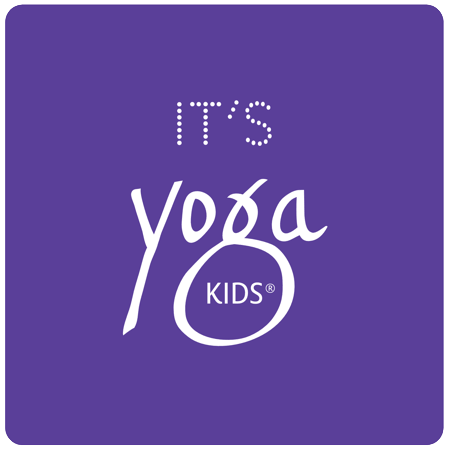This time of year marks a major transition from summer freedom to fall structure. Typically, parents are preparing for the school year with closet cleanses and refreshing clothing and school supplies. Kids are feeling excitedly nervous about their new schools, classrooms, teachers and friends. That is normal, but with Covid-19, it’s not normal; it’s amplified! Worry is specific (e.g. nervous about the first day of school) while anxiety is general (e.g. anxious about school).
Worry is often felt in the head, is temporary and leads to problem solving. Anxiety is felt in the body and persistent. Yoga helps us identify and cope with both because mental health is always important, especially now.
With Covid-19 cases on the rise and many schools shifting to distance learning online, parents are scrambling to set up safe support systems academically and socially for their children. With the collective worries and multiple moving parts, it’s stressful for kids and parents alike. Yoga helps us adapt to the extra and ongoing uncertainty.
Notice & Observe
Issues emerge when our nervous system kicks into gear without us recognizing it. Our senses perceive a threat and in lightening speed inform the brain. The response always shows up in our body. The next time you’re upset, take a moment to notice and observe where you feel it in your body.
The Sympathetic Nervous System is designed to keep us alive. It’s really effective because it requires no real thought. It’s automatic and helpful for survival, but not so helpful for most of our everyday living. It often creates more problems than it solves! In non-emergency situations, we can slow that system down with Yoga - mindfulness, movement and meditation.
Mindfulness is the awareness of what is happening inside ourselves and outside ourselves so we can thoughtfully respond to a variety of situations. Becoming more aware of sensations in our bodies is why we do Yoga. This awareness brings power to our ability to perceive what is a true threat and what is not. Kids can do it if we show them how!
Stop & Breathe
You’ve heard it before and you’ll hear it again. Science supports the easiest and most accessible action you can take consciously to respond to a stressful situation is to stop and breathe. Breathing slows your automatic response system down so you can correctly assess what’s happening now and what needs to happen next.
Yoga introduces and develops beneficial breath-work with several different exercises that build the skill set over time. It’s never too early to start. Parents practice with babies and toddlers (helps with tantrums) and once kids know how, they model the way. When teenagers can stop and breathe, they have successfully built a healthy habit that will serve them for life.
Move & Rest
Once worries enter our system, they need a way out or they get stuck! It’s important to move and release any anxiety physically. It can be as simple as shaking it off - like a dog does when it encounters and overcomes a threat. It’s the body’s way of getting rid of something negative and it’s important! Research shows stuck energy creates diseases, and at the very least, dis-ease which doesn’t feel good. Plus, Covid-19 related anxiety and depression is on the rise in kids.
Yoga creates shifts so our bodies and minds work better. As a flowing breathing meditation from our toes to our nose, we release and then we rest. A peaceful state of stillness without sleeping is critical for our Parasympathetic Nervous System to be calm and reset so we can recover and become more resilient.
Covid-19 has brought many losses and uncertainty to our lives especially for kids entering the new school year. It’s demanded we slow down and re-think what matters most. Our health is essential, and that is certain. It’s a choice we can make everyday to wear a mask and integrate Yoga into our daily lives with kids both on and off the mat.
